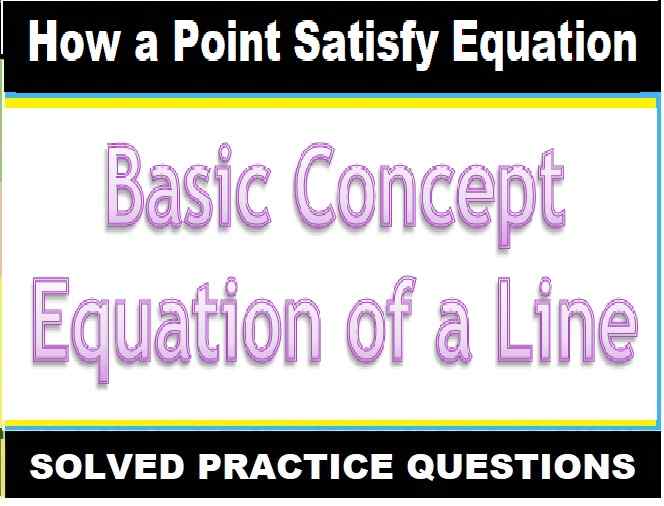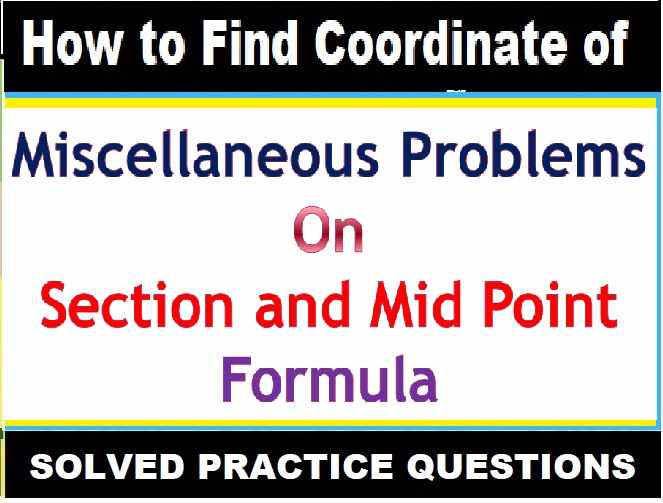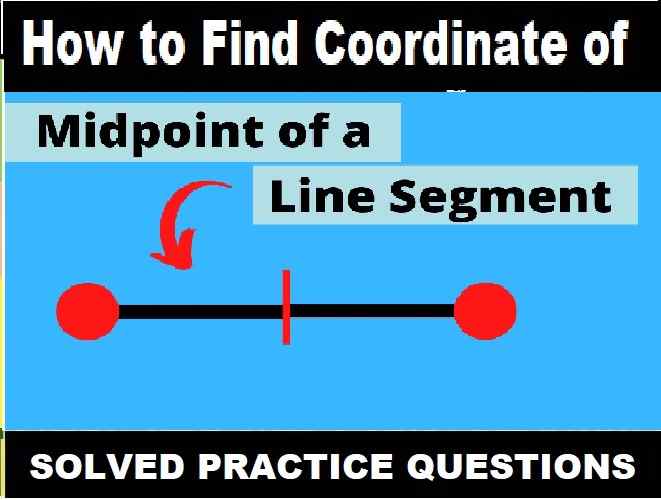ML Aggarwal Squares and Squares Roots Exe-3.2 Class 8 ICSE Ch-3 Maths Solutions. We Provide Step by Step Answer of Exe-3.2 Questions for Squares and Squares Roots as council prescribe guideline for upcoming board exam. Visit official Website CISCE for detail information about ICSE Board Class-8.
ML Aggarwal Squares and Squares Roots Exe-3.2 Class 8 ICSE Maths Solutions
| Board | ICSE |
| Publications | Avichal Publishig Company (APC) |
| Subject | Maths |
| Class | 8th |
| Chapter-3 | Squares and Squares Roots |
| Writer | ML Aggarwal |
| Book Name | Understanding |
| Topics | Solution of Exe-3.2 Questions |
| Edition | 2023-2024 |
Squares and Squares Roots Exe-3.2
ML Aggarwal Class 8 ICSE Maths Solutions
Page-52
Question 1. Write five numbers which you can decide by looking at their one’s digit that they are not square numbers.
Answer :
A number which ends with the digits 2, 3, 7 or 8 at its unit places is not a perfect square.
= 111, 372, 563, 978, 1282 are not square numbers.
Question 2. What will be the unit digit of the squares of the following numbers?
(i) 951
(ii) 502
(iii) 329
(iv) 643
(v) 5124
(vi) 7625
(vii) 68327
(viii) 95628
(ix) 99880
(x) 12796
Answer :
(i) 951 – The unit digit of the square is 1.
(ii) 502 – The unit digit of the square is 4.
(iii) 329 – The unit digit of the square is 1.
(iv) 643 – The unit digit of the square is 9.
(v) 5124 – The unit digit of the square is 6.
(vi) 7625 – The unit digit of the square is 5.
(vii) 68327 – The unit digit of the square is 9.
(viii) 95628 – The unit digit of the square is 4.
(ix) 99880 – The unit digit of the square is 0.
(x) 12796 – The unit digit of the square is 6.
Question 3. The following numbers are obviously not perfect. Give reason.
(i) 567
(ii) 2453
(iii) 5298
(iv) 46292
(v) 74000
Answer :
If the square of a number does not have 2, 3, 7, 8 or 0 as its unit digit, the squares 567, 2453, 5208, 46292 and 74000 cannot be the perfect squares as they have 7, 2, 8, 2 digits at the unit place.
Question 4. The square of which of the following numbers would be an odd number or an even number? Why?
(i) 573
(ii) 4096
(iii) 8267
(iv) 37916
Answer :
The square of an odd number is odd and a square of an even number is even.
So 573 and 8262 are odd numbers and their squares will be an odd number.
4096 and 37916 are even numbers and their square will also be even number.
Question 5. How many natural numbers lie between the square of the following numbers?
(i) 12 and 13
(ii) 90 and 91
Answer :
(i) No. of natural numbers between the squares of 12 and 13 = (132 – 122) – 1
= (13 + 12 – 1)
So we get
= 25 – 1
= 24
(ii) No. of natural numbers between the squares of 90 and 91 = (912 – 902) – 1
By further calculation
= (91 + 90 – 1)
= 181 – 1
= 180
Question 6. Without adding, find the sum.
(i) 1 + 3 + 5 + 7 + 9 + 11 + 13 + 15
(ii) 1 + 3 + 5 + 7 + 9 + 11 + 13 + 15 + 17 + 19 + 21 + 23 + 25 + 27 + 29
Answer :
(i) 1 + 3 + 5 + 7 + 9 + 11 + 13 + 15 = n2
n = 8
So the sum = 82 = 64
(ii) 1 + 3 + 5 + 7 + 9 + 11 + 13 + 15 + 17 + 19 + 21 + 23 + 25 + 27 + 29 = n2
n = 15
So the sum = 152 = 225
Question 7.
(i) Express 64 as the sum of 8 odd numbers.
(ii) 121 as the sum of 11 odd numbers
Answer :
(i) 64 as the sum of 8 odd numbers = 82 = n2
Here n = 8
= 1 + 3 + 5 + 7 + 9 + 11 + 13 + 15
(ii) 121 as the sum of 11 odd numbers = 112 = n2
Here n = 11
= 1 + 3 + 5 + 7 + 9 + 11 + 13 + 15 + 17 + 19 + 21
Question 8. Express the following as the sum of two consecutive integers:
(i) 192
(ii) 332
(iii) 472
Answer :
n2 = (n2 – 1)/ 2 + (n2 + 1)/ 2 is the sum of two consecutive integers when n is odd
(i) 192 = (192 – 1)/ 2 + (192 + 1)/ 2
192 = 361
By further calculation
= (361 – 1)/ 2 + (361 + 1)/ 2
= 180 + 181
(ii) 332 = (332 – 1)/ 2 + (332 + 1)/ 2
332 = 1089
= (1089 – 1)/ 2 + (1089 + 1)/ 1
= 1088/2 + 1090/2
= 544 + 545
(iii) 472 = (472 – 1)/ 2 + (472 + 1)/ 2
472 = 2209
= (2209 – 1)/ 2 + (2209 + 1)/ 1
= 2208/2 + 2210/2
= 1104 + 1105
Question 9. Find the squares of the following numbers containing 5 in unit’s place:
(i) 45
(ii) 305
(iii) 525
Answer :
(i) 452 = n52
= n (n + 1) hundred + 52
Substituting the values
= 4 × 5 hundred + 25
= 2000 + 25
= 2025
(ii) 3052 = (30 × 31) hundred + 25
= 93000 + 25
= 93025
(iii) 5252 = (52 × 53) hundred + 25
= 275600 + 25
= 275625
Question 10. Write a Pythagorean triplet whose one number is
(i) 8
(ii) 15
(iii) 63
(iv) 80
Answer :
(i) 8
Take n = 8
So the triplet will be 2n, n2 – 1, n2 + 1
If 2n = 8, then n = 8/2 = 4
Substituting the values
n2 – 1 = 42 – 1 = 16 – 1 = 15
n2 + 1 = 42 + 1 = 16 + 1 = 17
Hence, the triplets are 8, 15 and 17.
(ii) 15
Take 2n = 15
So n = n/2 is not possible
n2 – 1 = 15
By further calculation
n2 = 15 + 1 = 16 = 42
n = 4
2n = 2 × 4 = 8
n2 – 1 = 15
n2 + 1 = 42 + 1 = 16 + 1 = 17
Hence, the triplets are 8, 15 and 17.
(iii) 63
Take n2 – 1 = 63
By further calculation
n2 = 63 + 1 = 64 = 82
So n = 8
2n = 2 × 8 = 16
n2 – 1 = 63
n2 + 1 = 82 + 1 = 64 + 1 = 65
Hence, the triplets are 16, 63 and 65.
(iv) 80
Take 2n = 80
n = 80/2 = 40
n2 – 1 = 402 – 1 = 1600 – 1 = 1599
n2 + 1 = 402 + 1 = 1600 + 1 = 1601
Hence, the triplets are 80, 1599 and 1601.
— : End of ML Aggarwal Squares and Squares Roots Exe-3.2 Class 8 ICSE Maths Solutions :–
Return to – ML Aggarwal Maths Solutions for ICSE Class -8
Thanks
Please Share with Your Friends


